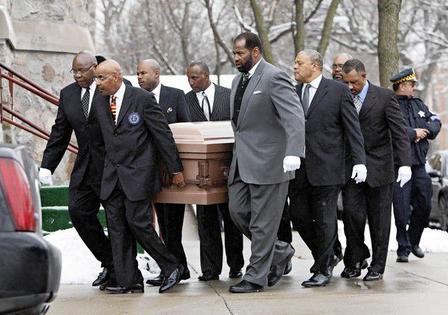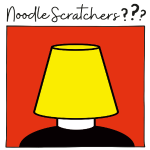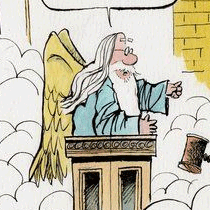Park Avenue shooter Shane Tamura's claims put NFL's CTE problem in spotlight
Published in News & Features
NEW YORK — The NFL’s long history with CTE has come under new attention after Monday’s deadly shooting at the Manhattan office building that houses the league’s headquarters.
The gunman, identified as Shane Tamura, was said to be in possession of a note claiming he had CTE, a neurodegenerative disease, and that asked for his brain to be studied.
“You can’t go against the NFL,” the note read, police sources told the Daily News. “They’ll squash you.”
The rifle-wielding shooter killed a police officer and three others after he entered the tower at 345 Park Ave. in Midtown, officials said.
Tamura, who later took his own life, was believed to be targeting the NFL offices but went to the wrong elevator, Mayor Eric Adams said Tuesday in interviews with MSNBC and PIX11.
CTE, or chronic traumatic encephalopathy, is linked to repeated head trauma but cannot be diagnosed without a postmortem brain autopsy.
Tamura, 27, never played in the NFL but played football when he was younger.
“Please study brain for CTE. I’m sorry,” Tamura’s note read, according to the police sources. “The league knowingly concealed the dangers to our brains to maximize profits. They failed us.”
CTE has repeatedly been at the forefront of discussions involving NFL player safety, with recent studies further illuminating the concerns about the brain disease.
In 2023, Boston University diagnosed 345 former NFL players with CTE out of the 376 who were studied, or 91.7%.
“For comparison, a 2018 Boston University study of 164 brains of men and women donated to the Framingham Heart Study found that only 1 of 164 (0.6 percent) had CTE,” read the Boston University study. “The lone CTE case was a former college football player.”
Last year, a Harvard University study determined about one-third of the nearly 2,000 former NFL players included in their research believed they had CTE.
“According to the study, players who believed they had CTE reported significantly more cognitive problems and a higher proportion of low testosterone, depression, mood instability, headaches, chronic pain, and head injury compared with those who did not have concerns about CTE,” read the Harvard report.
Several cases have been particularly high-profile.
In 2011, former NFL safety Dave Duerson sent a message to his family asking to have his brain studied, then died of a self-inflicted gunshot wound to the chest. Boston University researchers determined Duerson, an 11-year NFL veteran who won Super Bowl XXV with the Giants, had CTE.
In 2012, retired 12-time Pro Bowl linebacker Junior Seau fatally shot himself in the chest. His brain was also studied, and his family later revealed that Seau had been diagnosed with CTE, citing research by the National Institutes of Health.
And in 2017, the director of Boston University’s CTE Center said former New England Patriots tight end Aaron Hernandez suffered from a severe case of CTE before hanging himself inside a Massachusetts prison cell.
Hernandez was serving a life sentence for the 2013 shooting of Odin Lloyd. Days before Hernandez’s death, he had been acquitted in a 2012 double homicide.
About a decade ago, the NFL reached a concussion settlement with former players. As of October, the league said it had paid more than $1.2 billion to more than 1,600 former players and their families, according to Boston University.
Last season, the NFL said it recorded its fewest number of concussions since it began tracking the data in 2015. Last year’s total was down by 17% from 2023, with the league pointing to improved helmets and its new dynamic kickoff rule.
“Today is an important milestone but not the end of our work,” Jeff Miller, the NFL executive vice president overseeing player health and safety, said in February. “Through improved equipment, rules modifications and a continued culture change, we will make the game safer and more exciting.”
NFL Commissioner Roger Goodell confirmed Tuesday in a message to staffers that one league employee was “seriously injured” in the shooting. Goodell did not name the victim but said he was hospitalized in stable condition.
A report by The Athletic identified the wounded NFL employee as Craig Clementi, who works in the league’s finance department, and said he continued to make calls urging his coworkers to evacuate the building even after he was struck in the back by a bullet.
Goodell encouraged New York-based employees to work from home on Tuesday and said it would be understandable to take the day off.
“Every one of you is a valued member of the NFL family,” Goodell wrote. “We will get through this together.”
______
©2025 New York Daily News. Visit at nydailynews.com. Distributed by Tribune Content Agency, LLC.







Comments